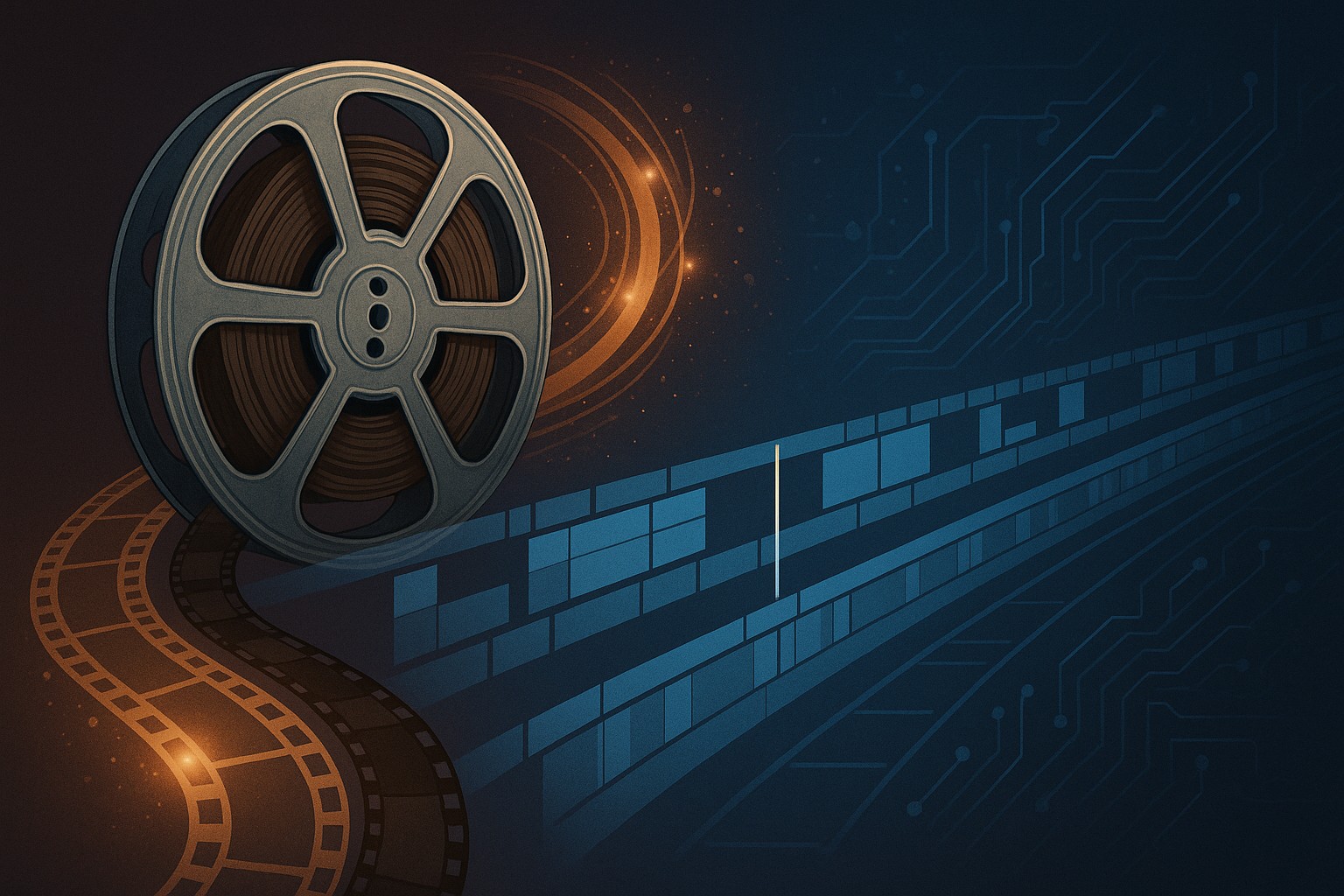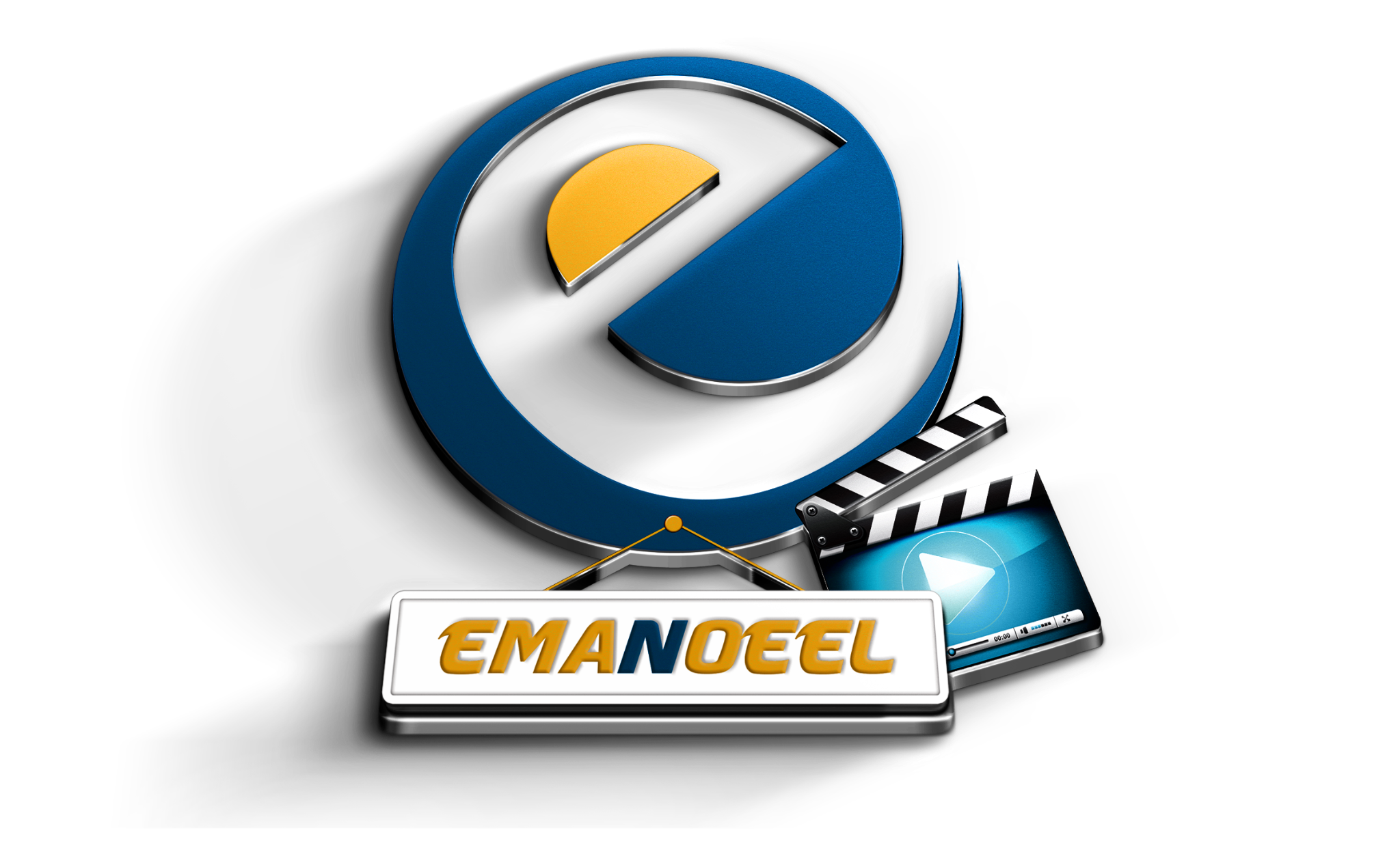Evolution of Video Editing
How the craft has transformed from scissors and tape to digital timelines and AI.

From scissors and splicers
In the early days of filmmaking, editors physically cut and spliced strips of film by hand. This painstaking process required precision and patience. Each cut was permanent and making revisions meant trimming away precious frames. Editors used simple tools like scissors and tape to assemble stories from raw footage.
The rise of non‑linear editing
The late 1980s and early 1990s brought a revolution: the non‑linear editor. Systems like Avid Media Composer and Adobe Premiere allowed editors to rearrange footage digitally without altering the original film. Unlike linear editing, non‑linear editing prevents generation loss and made experimentation possible. This digital approach quickly became the industry standard as computers grew more powerful.
Modern digital workflows
Today’s editors work entirely in the digital realm. High‑resolution footage is cut, graded and mixed on powerful personal computers. Software like Premiere Pro, Final Cut Pro and DaVinci Resolve let creators trim, colour‑grade, add visual effects and mix sound within a single interface. Collaboration tools and cloud storage allow teams to edit remotely and share feedback instantly. With HDR, 4K/8K formats and AI‑assisted tools, the bar for quality continues to rise.
The AI era
Artificial intelligence tools are beginning to assist editors by automating repetitive tasks. Some applications categorise shots, remove unwanted noise and propose rough cuts. Others use machine learning to mask subjects or auto‑reframe footage. Generative AI can create new shots or transitions to enhance storytelling. While human creativity remains at the core of editing, these technologies promise to streamline workflows and unlock new possibilities.
The evolution of video editing shows how technology continually expands our ability to tell stories. Understanding this history not only fosters appreciation for the craft but also helps us embrace the tools of tomorrow.

